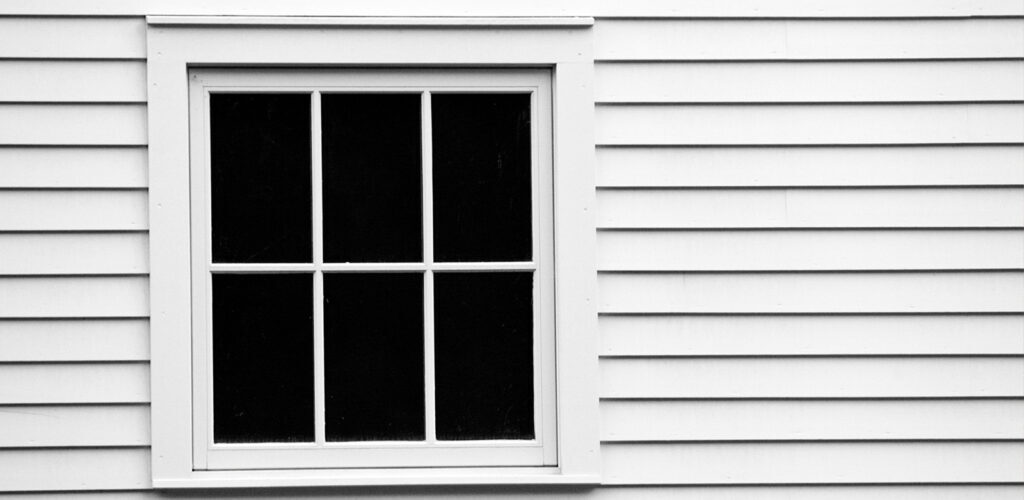Can You Pressure Wash Vinyl Siding?
Key Takeaways
Whether pressure washing is safe for vinyl siding — and when it’s not.
The biggest risks of high-pressure cleaning and how to avoid them.
Best practices if you do choose to pressure wash.
Why soft washing is often the safer, longer-lasting option for Southern Oregon homes.
Vinyl siding is one of the most popular exterior materials for homes in Southern Oregon thanks to its durability, affordability, and low maintenance. But like any surface exposed to the elements, it doesn’t stay spotless forever. Dirt, pollen, moss, mildew, and wildfire smoke can all dull its appearance. That leads many homeowners to wonder: Can you pressure wash vinyl siding?
The short answer: yes, you can — but it must be done carefully to avoid costly damage. In many cases, soft washing is the safer and more effective choice. Let’s break down the differences.
Why Homeowners Pressure Wash Vinyl Siding
Keeping vinyl siding clean is about more than curb appeal. A clean exterior protects your home from long-term damage and prevents organic growth from spreading.
Common Reasons to Pressure Wash
Moss and Algae Growth – Wet winters in Southern Oregon encourage organic buildup.
Wildfire Smoke Residue – Fine ash and discoloration can cling to siding.
Pollen and Dust – Seasonal buildup dulls the siding’s original color.
General Curb Appeal – A fresh, clean surface boosts property value.
Risks of Pressure Washing Vinyl Siding
Pressure washing might seem like the fastest way to blast away grime, but vinyl siding is not as tough as a concrete driveway or brick. If misused, the pressure washer can do more harm than good.
Potential Problems with High Pressure
Water Intrusion – Water can be forced behind panels, leading to mold, mildew, or rot.
Surface Damage – High PSI can crack or warp vinyl siding.
Voided Warranties – Many manufacturers advise against pressure washing.
Safety Hazards – High-pressure spray can damage windows, trim, or even injure the user.
When Pressure Washing May Be Safe
Pressure washing can be safe if you take precautions and use the right equipment. It’s all about using the lowest possible force that still gets results.
Best Practices for Safe Pressure Washing
Use Low PSI – Stay under 1,500 PSI for vinyl siding.
Select the Right Nozzle – A 25° or 40° nozzle provides a gentler spray.
Keep Proper Distance – Hold the wand at least 12–18 inches away.
Spray at a Downward Angle – Prevents water from getting behind the siding.
Soft Washing: A Safer Alternative
While pressure washing can work, most professionals recommend soft washing for vinyl siding.
What Is Soft Washing?
The big difference between pressure washing VS soft washing is that the latter uses low-pressure water combined with specialized cleaning solutions that kill moss, algae, and bacteria at the root.
Why Soft Washing Is Better for Southern Oregon Homes
Protects Your Siding – No risk of warping or cracking.
Targets Organic Growth – Cleans and sanitizes to prevent regrowth.
Climate-Friendly – Ideal for homes exposed to wet winters and wildfire smoke.
Longer-Lasting Results – Keeps siding cleaner for more time compared to water alone.
FAQs
Not always. Older or sun-brittled siding is more prone to cracking or warping under pressure.
Keep it under 1,500 PSI and use a wide-angle nozzle (25°–40°).
Most homes benefit from cleaning every 1–2 years, depending on sun exposure, shade, and smoke exposure.
Yes, but it’s risky. Professionals have the right tools and cleaning solutions to avoid costly mistakes.
Yes. Soft washing delivers safer, longer-lasting results — especially in climates like Southern Oregon where moss and algae thrive.
